 |
| September 23, 2020 |
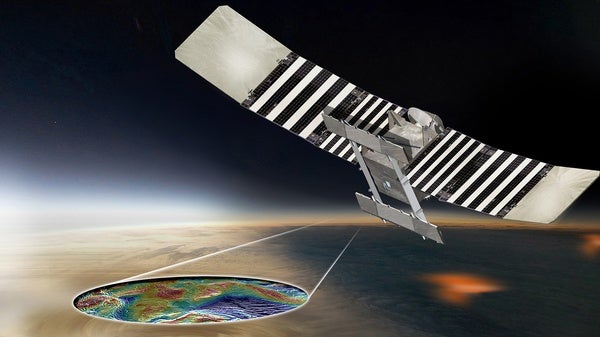 |
| |
| |
| |
| |
| |
| |
| Conservation Squeezing the Elephant The massive Asian version is running out of habitat, raiding farms, and killing the occasional human | | By Rachel Jones,The Delacorte Review | | | |
| Computing Watch a Robot AI Beat World-Class Curling Competitors Artificial intelligence still needs to bridge the “sim-to-real” gap. Deep-learning techniques that are all the rage in AI log superlative performances in mastering cerebral games, including chess and Go, both of which can be played on a computer. But translating simulations to the physical world remains a bigger challenge. A robot named Curly that uses “deep reinforcement learning”—making improvements as it corrects its own errors—came out on top in three of four games against top-ranked human opponents from South Korean teams that included a women’s team and a reserve squad for the national wheelchair team. (No brooms were used). One crucial finding was that the AI system demonstrated its ability to adapt to changing ice conditions. “These results indicate that the gap between physics-based simulators and the real world can be narrowed,” the joint South Korean-German research team wrote in Science Robotics on September 23. |  | By Gary Stix,Jeffery DelViscio | | | |
FROM THE STORE
 | | | |
| |
| QUOTE OF THE DAY
 "Life on Venus? The discovery of phosphine, a byproduct of anaerobic biology, is the most significant development yet in building the case for life off Earth. About 10 years ago NASA discovered microbial life at 120,000ft in Earth's upper atmosphere. It's time to prioritize Venus." Jim Bridenstine, NASA Administrator via Twitter | |
LATEST ISSUES
 |
| |
| Questions? Comments?  | |
| Download the Scientific American App |
| |
| |





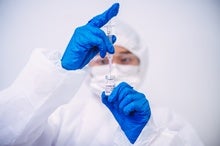
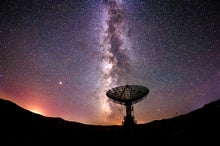
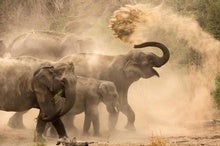
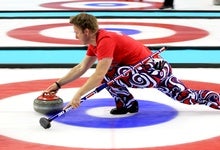
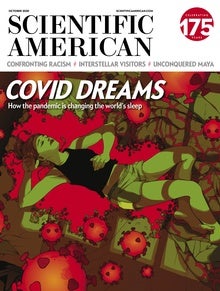

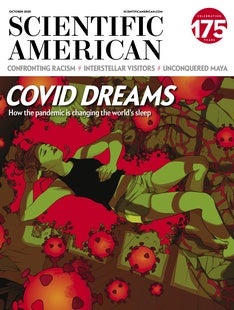

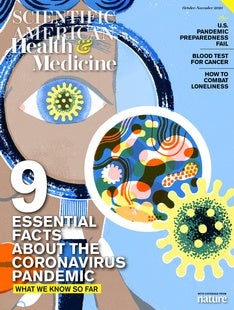
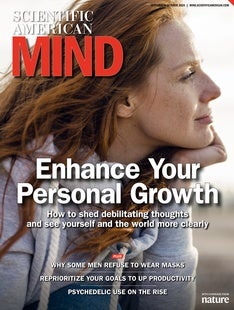




Comments
Post a Comment